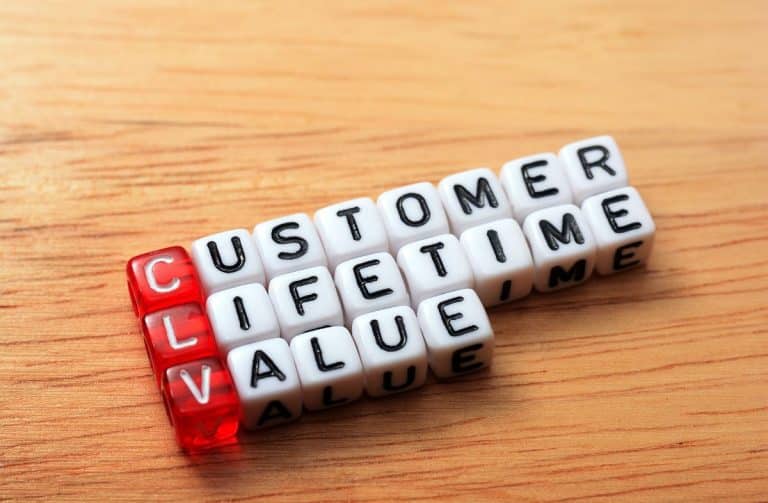Marketplaces like Amazon, Etsy, and eBay have revolutionized the way we shop online. By bringing together millions of third-party sellers on a single platform, marketplaces offer customers unparalleled selection and convenience.
However, with so many sellers to choose from, it can be challenging for customers to identify truly high-quality sellers that provide excellent products, customer service, and overall shopping experiences. As a marketplace operator, being able to effectively differentiate high-quality sellers is critical for keeping customers happy and growing your business.
In this comprehensive guide, we’ll walk through proven strategies and best practices that the most successful marketplaces use to identify, highlight, and promote their best sellers. Keep reading to learn how you can elevate your marketplace by focusing on seller quality.
Why Seller Quality Matters to Marketplaces
High-quality sellers act as powerful drivers of customer acquisition, retention, and lifetime value for marketplaces. Here’s a closer look at why identifying and promoting these sellers needs to be a top priority:
Boost Customer Acquisition
Customers are more likely to give a new marketplace a try if they know they’ll find great sellers with exceptional products and service. Marketplaces that make high-quality sellers discoverable attract more first-time buyers.
Increase Customer Loyalty & Retention
When customers have consistently positive experiences with sellers, they gain trust in the marketplace and keep coming back. Poor sellers damage marketplace reputation and result in churn.
Drive More Repeat Purchases
Satisfied customers make repeat purchases – ideally many of them over their lifetime. High-quality sellers turn one-time marketplace shoppers into lifetime, high-value customers.
Reduce Support Costs
Low-quality sellers generate the majority of customer complaints and returns. Promoting sellers with proven track records dramatically reduces costly support overhead for marketplaces.
Higher Profitability Sellers
Top-performing sellers tend to offer higher-margin products and receive more repeat business. They drive a disproportionate share of marketplace revenue despite making up a small fraction of total sellers.
Key Signals of Seller Quality and Performance
Marketplaces can tap into a variety of data signals and insights to identify high-quality sellers and understand what’s driving their performance. Here are some of the most important metrics and indicators to look for:
Product Quality
- Product ratings, reviews, and photos
- Low return/refund rates
- Positive product quality reports
- Product uniqueness/variety
Order Fulfillment & Delivery
- Fast shipping speed
- Accurate order fulfillment rates
- Low cancellation/defect rates
- Positive delivery experience reviews
Customer Service
- Quick response times
- High customer satisfaction (CSAT) scores
- Low customer complaint rates
- Positive service quality reviews
Seller Operations & Conduct
- High order volumes/sales revenue
- Low policy violation rates
- Positive business profile/reputation
- Length of time selling on marketplace
Customer Loyalty
- High repeat purchase rates
- Long purchase history/tenure
- High share of wallet (fraction of customer spend)
- Low churn likelihood scores
Seller Evaluation and Rating Systems
The best marketplaces use comprehensive rating systems to evaluate sellers across all of the key performance dimensions and surface top sellers to customers. Here are some best practices for marketplace seller rating systems:
1. Use an Overall Seller Score
Calculate an overall seller quality score based on a weighted average of all the metrics and ratings tracked for each seller. This provides customers with a simple, singular benchmark for comparing sellers.
2. Show Detailed Category Ratings
Break the overall score into ratings across logical categories like product quality, delivery, and service so customers can dig deeper into seller performance in areas they care most about.
3. Highlight Total Sales Volume
Display total sales, orders, or revenue for each seller to give customers confidence they’re buying from an established storefront.
4. Let Customers Contribute Ratings
Incorporate customer satisfaction ratings and seller reviews into the overall scoring algorithms to capture direct customer feedback.
5. Update Scores Dynamically
Recalculate seller scores frequently based on latest performance data so ratings always reflect current seller quality. New sellers begin with baseline scores that improve over time.
6. Make Scores Influential
Use seller scores to determine search rankings, advertising cost, commissions, placement in promotional features, and account standing. High-quality sellers rise to the top.
7. Provide Seller Dashboards
Give sellers access to their profile and rating dashboard so they understand exactly how the marketplace evaluates them and where they can improve. Offer coaching and training content to help new sellers.
Identifying and Onboarding High-Potential Sellers
In addition to monitoring and promoting current top sellers, marketplaces need to be proactive about recruiting promising new sellers with the potential for high performance. Here are some tips:
Look for Indicators of Excellence
When reviewing seller applications, look for signals like an established brand, strong product selection, fulfillment capabilities, web traffic, positive reviews, and social media engagement that indicate likely success.
Conduct Seller Interviews
Schedule screening calls with applicants to assess areas like customer focus, operations quality, passion for selling, and trustworthiness through direct conversation.
Offer Selective Onboarding
Be selective rather than accepting all interested sellers. Only onboard those demonstrating excellent potential to deliver what customers want. Start new sellers in a small product category or with limited inventory until they prove themselves.
Set Performance Standards
Establish clear policies and standards high-quality sellers must maintain across areas like product listings, fulfillment, support response time, and conduct. Enforce consistently.
Coach for Success
Assign new sellers a support contact to provide hands-on training and advice as they ramp up. Proactively advise them on improving practices and performance to prevent issues.
Onboarding sellers selectively and setting clear performance expectations from day one encourages excellence. Coupled with ongoing coaching and enforcement of policies, this strategy continually elevates marketplace quality.
Promoting and Incentivizing Top Sellers
To maximize the business impact of high-quality sellers, marketplaces need to actively promote and incentivize them to drive customer acquisition and retention. Here are some ways to increase their visibility and scale:
Feature Top Sellers
In on-site search results, category pages, and personalized recommendations, consistently place top-rated sellers first to get them maximum exposure.
Create a Top Seller Program
Develop an official top seller designation, premier seller badges, and privileges to recognize high-performing sellers. Promote top sellers in marketing communications.
Offer Promoted Listings
Let top sellers pay to promote individual product listings higher in search results and ads. This generates incremental revenue for marketplaces and sellers.
Provide Free or Discounted Fees
Reduce or waive commission fees, transaction fees, and fulfillment fees for the highest-tier sellers as an incentive to drive more sales.
Host Seller Spotlights
Feature interviews, “seller of the month” highlights, store tours, and other personalized content with top sellers to tell their brand’s story.
Prioritize Support Requests
Provide dedicated support reps and expedited response times for issues impacting top sellers to minimize operational disruptions.
Send Loyal Shoppers
Leverage CRM insights to match sellers with customers likely to purchase from them based on preferences and purchase history. Recommend complementary top sellers.
Incentivizing excellence and giving top sellers premier placement makes it easy for customers to find and buy from the sellers most likely to create satisfying experiences.
Conclusion
High-quality sellers are the lifeblood of successful marketplaces. They attract and retain buyers, minimize costs, and boost profitability. By implementing seller rating systems, selective onboarding, promotion programs, and other best practices outlined in this guide, marketplaces can transform their business by focusing on seller excellence.
The strategies covered provide actionable and proven ways to:
- Identify your current top-performing sellers based on comprehensive performance data
- Recruit and onboard sellers with the highest potential to deliver exceptional customer experiences
- Increase visibility and scale for top sellers through promotions, incentives, and marketing
- Continuously improve seller quality over time
Elevating your sellers elevates the customer value proposition of your marketplace. Commit to implementing one or more of the recommendations in this guide, and you’ll be well on your way to marketplace success.
How Cluster Can Help Quality Seller Identification
Cluster is more than just a tool; it’s a comprehensive solution for elevating the standards of online marketplaces. By identifying and nurturing quality sellers, Cluster plays a crucial role in ensuring marketplace integrity, customer satisfaction, and overall business growth. Adopting Cluster means embracing a future where quality and excellence are at the forefront of e-commerce success. Book a demo now.




